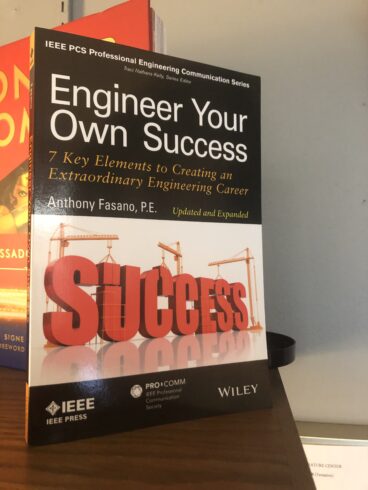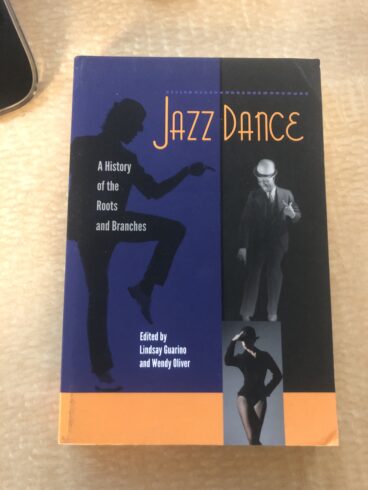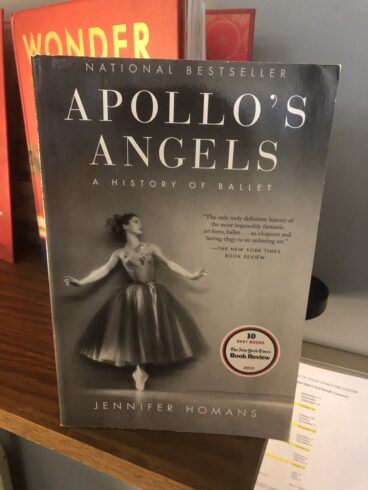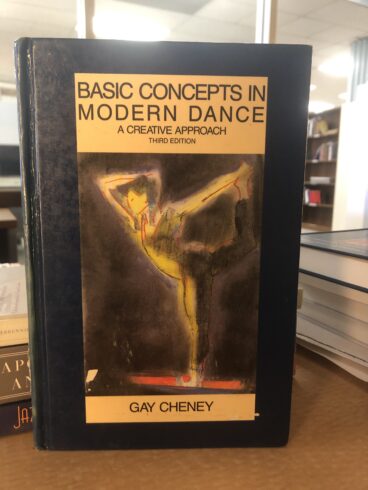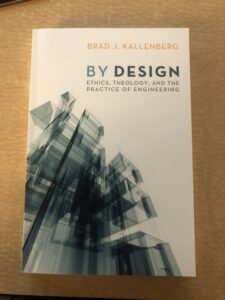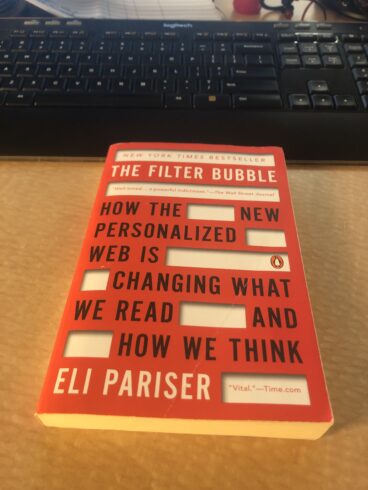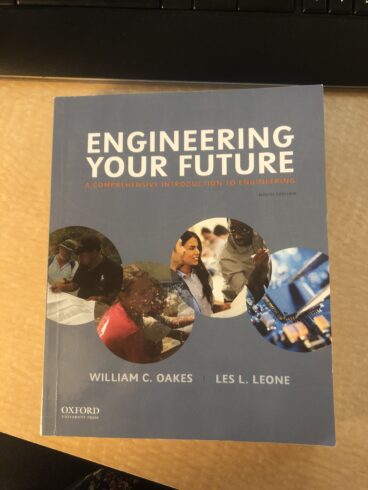
A balanced and accessible overview of engineering for beginning students. This ninth edition is an authoritative guide to the academic expectations and professional opportunities in engineering, a field that is both academically rigorous and creatively demanding. Today’s engineering students are faced with endless career opportunities. Engineering Your Future clarifies those options and directs students down the path to a rewarding career in the engineering field. Featuring exceptionally broad coverage, it offers instructors unparalleled flexibility for any introductory course.
New to this edition:
-
-
- A rewritten Chapter 1, “The Heritage of Engineering,” encourages students to appreciate the rich and inclusive heritage of engineering and to think about how much our daily lives are impacted by engineering
- Chapter 2, “Engineering Majors,” reflects current technological advances, including mobile computing and nanotechnology
- Chapter 3, “A Statistical Profile of the Engineering Profession,” provides the latest available data on the job market, college enrollment trends, and diversity within the profession
- A completely updated Chapter 10, “Teamwork,” includes new examples from today’s leading companies including Netflix, Tesla Motors, and Google
- A significantly expanded section on programming in “Appendix C: An Introduction to MATLAB” serves as a starting point for students learning code
-

